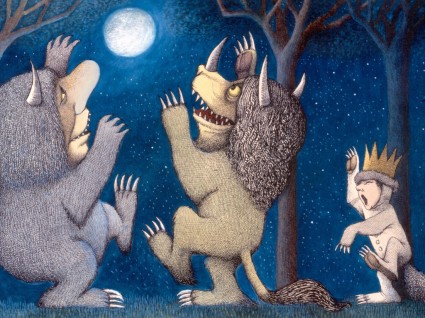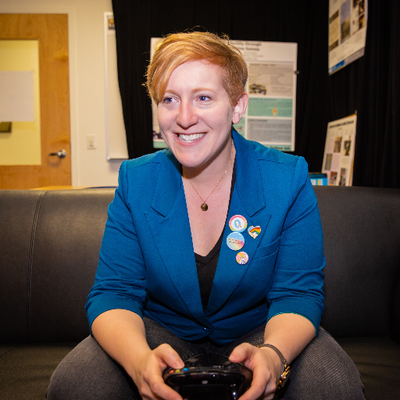One of the things I’ve put a lot of time into over the last few weeks is designing a theoretical syllabus for my pedagogy course. Ideally, when I teach my own class next fall (intro to literature and college writing), I can put the syllabus into use.
Following in the footsteps of a course I thought I might be co-teaching in the spring, the working title is “Making Monsters,” and it’s about pulling apart the social construct of monstrosity — and, of course, learning to write. See the course description below.

“Making Monsters: Gender, Sexuality, and Monstrosity as Literary Constructs”
Monsters come in many forms: furry and clawed, grotesque and menacing, mysterious, dangerous, unclassifiable, sometimes surprisingly human. Every society constructs its own monsters, its own ideas of what it means to be monstrous. Literature both reflects and critiques the ideas of the culture in which it was created. Accordingly, texts about monsters ask us to question what it means to be monstrous in the first place. Does having an usual body make a creature a monster? Are violent behavior, sexuality, or even gender grounds for the label of “monstrous?” With an emphasis on queer and feminine monstrosity, this course explores what literary monsters have to teach us about reading our own concepts of that which is socially acceptable and that which is “wild.”
Major texts:
– Where the Wild Things Are (book and movie)
– Grendel
– The Bloody Chamber
Supplemental texts:
– “Carmilla,”
– Excerpts from The Aeneid
– Une Semaine de Bonté
Rarr. Happy nerd Bonnie is happy.

